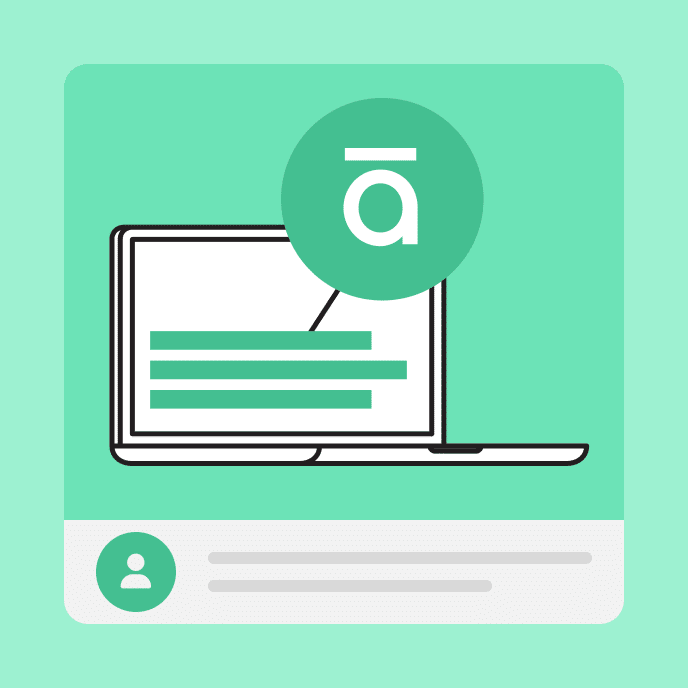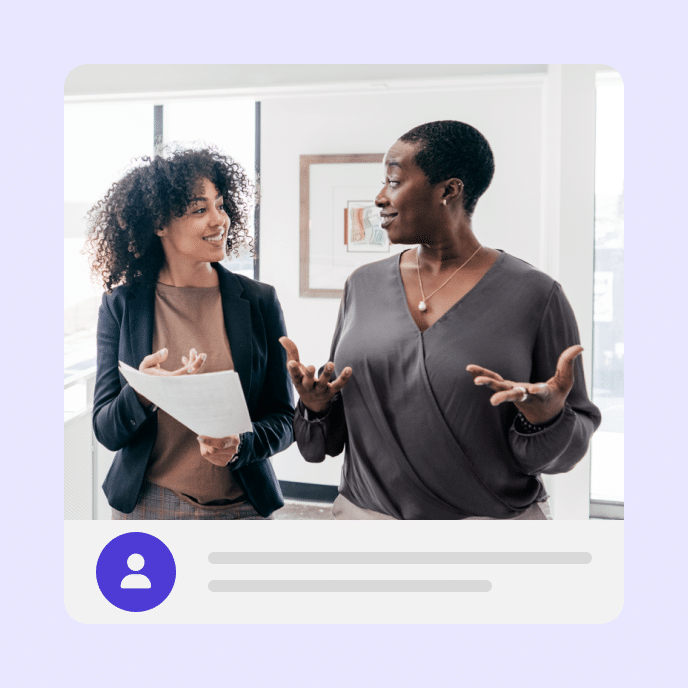Getting Started with Instructional Design: A Guide for New E-Learning Developers
Learn the essential principles of instructional design that will help you create more effective e-learning, even if you’re just getting started in course development.

How to start creating effective courses without years of training
So, you’ve been tasked with creating your first e-learning course, and you’re wondering where to start. Maybe you’ve heard the term “instructional design” thrown around, but you’re not quite sure what it means or if you need to master it. You might even be asking yourself if you’re qualified to build courses without formal training.
Take a deep breath – you’re in the right place. While understanding instructional design will definitely make your courses more effective, you don’t need years of study or a fancy degree to get started. Many successful e-learning developers started exactly where you are now, learning through a combination of practical experience and steady improvement. What you do need is a solid foundation in the basics and a willingness to learn as you go.
Think of this guide as your friendly introduction to the world of instructional design. We’ll walk through the essential concepts you need to know, show you how to apply them, and help you avoid the common pitfalls that trip up new course creators.
Why learning happens naturally (and why that matters)
Here’s the thing about learning: it’s happening all the time, whether we plan it or not. Think about it—people don’t just sit around waiting for an e-learning course to tell them what to do. They’re constantly taking in information, solving problems, and learning from others.
But this is exactly why understanding instructional design matters. While people will learn naturally, good instructional design helps them learn faster and more effectively than they would on their own.
What instructional design actually means
At its core, instructional design is about figuring out what people need to learn and creating the best way to help them learn it. Think of it as a helpful interruption to natural learning – we’re stepping in to make the process more efficient.
Here are the three main pieces you need to focus on:
Understanding how people learn
You don’t need to memorize every learning theory out there, but you should know the basics. This knowledge forms the foundation of everything you’ll create. Start with one good instructional design book (there are plenty of recommendations in online communities) and build from there. Don’t get overwhelmed – focus on understanding the fundamental principles of how people process and retain information.
I like Julie Dirksen’s books because they’re good and approachable for beginners.
Creating activities that work
This is where many e-learning courses fall short. We often treat the e-learning course as if it’s the entire learning process, but it’s really just one part of it. Too many courses are limited to simply presenting information with a quick assessment to check if people remember it.
There’s a lot more we can do in designing our courses. The key is to shift from an information-centered approach to one that focuses on the learner. When we put the learner first, we can create meaningful activities that have real impact and connect with what motivates them to learn.
Consider how your course fits into the bigger picture of ongoing performance support. Learning doesn’t stop when the course ends—think about how you can help people apply what they’ve learned in their actual work environment.
Measuring what works
You need to know if your approach is actually helping people learn better and faster. While quizzes and assessments have their place, the real measure of success is how well people perform on the job after training.
Start by running your course with pilot groups. These small test runs give you a chance to see how the training works in practice and collect immediate feedback. Pay attention to how quickly people grasp concepts, where they struggle, and what questions keep coming up.
After the course, connect with managers to track real-world impact. They can tell you if they’re seeing improvements in:
- Task completion speed and accuracy
- Confidence in handling job responsibilities
- Reduction in mistakes or need for support
- Time saved in daily operations
Here’s something many new instructional designers don’t realize: getting access to performance data can be tricky. Your organization might track important metrics, but this information isn’t always easily available to course designers. Build relationships with the people who manage this data early in your project. Getting them involved from the start makes it easier to measure your course’s actual impact on job performance.
Remember that showing clear performance improvements helps justify future training investments. Document your successes and challenges – this information is valuable for improving your next course.
Getting started: Your action plan
Ready to put this into practice? Here’s how to begin:
- Start with a simple project. Pick something basic like “how to make toast” and create a mini-module. This lets you experiment without the pressure of a complex topic.
- Create a portfolio of your work. Set up a simple website or blog where you can share your modules and get feedback from other instructional designers. I love the weekly challenges as a way to do this.
- Get involved early in projects. Don’t wait to be handed a completed PowerPoint and told to “make it interactive.” Push to be part of the conversation from the beginning so you can shape how the training is developed.
- Keep improving. Your first course won’t be perfect – and that’s completely fine. Each project is a chance to try new approaches and get better at your craft.
Remember: The goal isn’t to create the most sophisticated course possible. It’s to help people learn what they need to know in the most effective way.
By starting with simple projects, measuring real-world impact, and continuously improving your approach, you can develop increasingly effective courses that make a genuine difference in workplace performance.
Want to learn more? Join the e-learning heroes community and connect with other designers. The field is always evolving, and there’s always something new to learn. Staying connected will help you keep up.
You may also like

Announcing New Features and Updates Q2 2025
Discover exciting new features in Articulate 360, including AI-powered narration and accessibility tools that help teams create and share better online learning.

